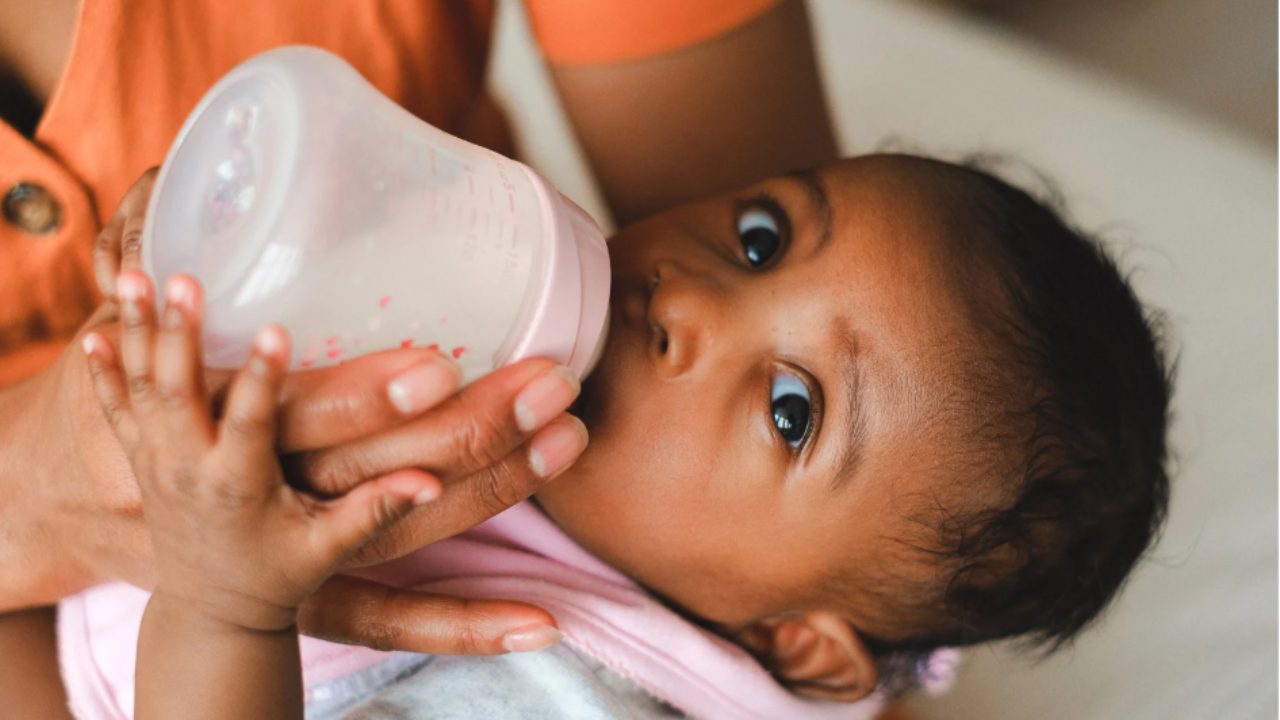Brachycephaly: 10 Things You Need to Know
As a mom and occupational therapist with a child who had a "flat head," this topic is very dear to my heart. The purpose of this article is to raise awareness about the treatment and prevention of brachycephaly and other forms of "flat head." New parents need to understand three key things:
-
The occurrence of brachycephaly
-
How to prevent brachycephaly
-
Options available to fix brachycephaly without a cranial helmet

What Is Brachycephaly?
Brachycephaly is a specific type of head shape change characterized by flattening at the back of the head. Unlike plagiocephaly (which involves asymmetry), brachycephaly occurs when the infant frequently rests the back of their head on a flat surface. This condition causes the back of the head to appear flat and the head to look taller or wider due to the redistribution of mass.
Think of a baby's head like a balloon: when pressure is applied to one area, the shape shifts. Prolonged pressure on the back of the head can cause this type of flattening.
10 Things You Need to Know About Brachycephaly
1. Brachycephaly Is Defined by Flattening at the Back of the Head
To assess for brachycephaly, view your baby’s head from the side. A healthy head shape should have a clear curve from where the head starts to where the neck begins. Flattening on the back of the head, a "tall" appearance, or bulging on the sides can indicate brachycephaly.

Above is an image of a baby with brachycephaly. Photo should be taken from the very side of the baby to assessment the differences in the head and neck. As you can see, this baby does not have a true difference in the sides and minimal curvature on the back of the head is present.
If you suspect your baby may have brachycephaly, we offer free head shape evaluations here.
2. Back Sleeping Increases the Risk of Brachycephaly
The "Back to Sleep" campaign, launched in the 1990s, significantly reduced the risk of Sudden Infant Death Syndrome (SIDS). However, it also increased cases of brachycephaly because back sleeping applies constant pressure to the same part of a baby’s soft skull.
To reduce the risk, monitor your baby's sleep position and encourage slight head movement variations during sleep.
3. 1 in 10 Babies Are Affected by Brachycephaly
The rise of back sleeping for SIDS prevention has made brachycephaly more common. While back sleeping remains the safest sleep position, parents should be informed about head shape monitoring and prevention strategies.
4. Preventing Brachycephaly Is Key
Prevention involves a combination of:
-
Positioning: Avoid prolonged pressure on the back of the head.
-
Stretching: Reduce neck tightness.
-
Strengthening: Build balanced neck muscles.
-
Monitoring: Take photos of your baby’s head shape every couple of weeks.
We offer a free guide to stretches beneficial for preventing and correcting "flat head".
5. Brachycephaly May Be Due to Neck Tightness
Neck tension from in-utero positioning or sleeping preferences can lead to head shape issues. Stretching and strengthening exercises help reduce this tension, promoting balanced movement.
6. Early Detection = Prevention
Doctors typically assess head shape during well checks, starting at the two-month visit. If flattening persists by the four-month check, pediatricians may recommend physical therapy or helmet treatment.
7. Brachycephaly Is Measured Using the Cephalic Index (CI)
CI is the gold standard for assessing the severity of brachycephaly. Measurements are taken manually, using AI, or through a 3D scan.

A chart rating the severity of brachycepahly using the cephalic index (CI) which is taken at a helmet scan or head shape assessment.
8. Certain Baby Gear Increases the Risk of Brachycephaly
Items like the Snoo bassinet, Merlin sleep suit, swings, and play gyms can limit a baby’s natural movement, increasing the risk of flattening.
When selecting baby gear, prioritize items that:
-
Allow free movement
-
Minimize constant head pressure
9. Some Babies Are at Higher Risk
Risk factors include:
-
Breech positioning in utero
-
Multiple births
-
Premature delivery
-
Small maternal size
Understanding these risk factors can help parents take proactive steps.
10. Helmets Are Not the Only Solution
At Infant Insights, we are passionate about helping babies avoid helmets by focusing on repositioning, stretching, and strengthening strategies. Research shows that mild to moderate flattening can often be corrected without a helmet and we have created a program to help you do that!

We hope you found this article helpful in understanding brachycephaly and how to prevent or correct it in your baby. Early awareness and intervention can make a huge difference.
Additional Resources for "Flat Head"
-
Book a free call with a "flat head" specialist here







